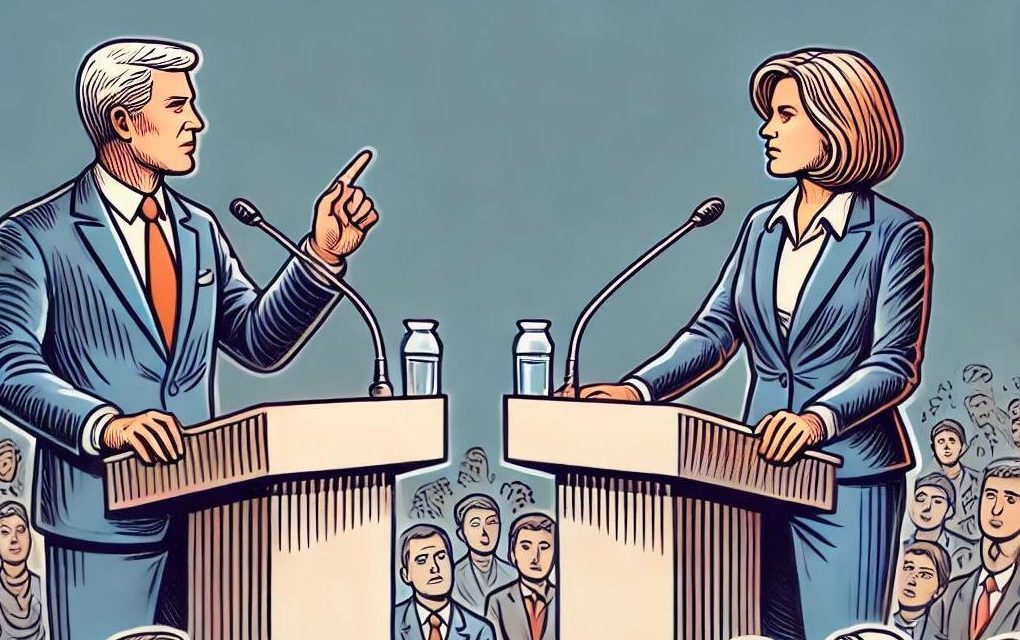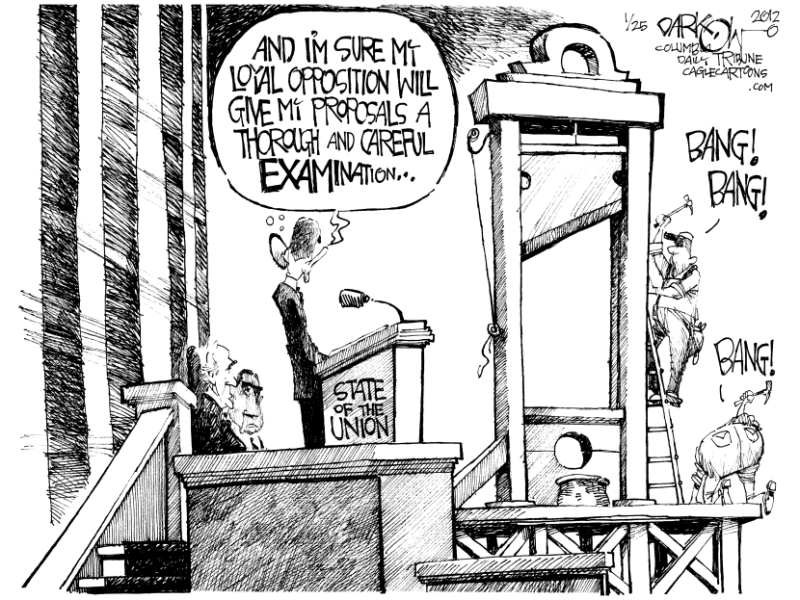The best political system is…
Based on research by Luis C. Corchón and Guadalupe Correa-Lopera
It is difficult to find someone satisfied with her political system. And the issue of the reform of political institutions is paramount all over the world. In this post we present some preliminary thoughts on what makes political parties carry forward the wishes of society, whatever they are.
First of all, we need to identify which policies are regarded as optimal by society. We assume that for every configuration of voter’s preferences there is a policy that is deemed socially optimal. An example is the median voter. We know from Arrow’s famous theorem and its generalizations that the construction of such a policy is not a trivial task. But without knowing what society wants it is impossible to deliver anything close to a socially optimal policy. We assume a property that comes close to the axiom of Independence of Irrelevant Alternatives used by John Nash in his work on bargaining (do not confuse this property with the property of the same name in Arrow’s theorem). Specifically, if a policy is optimal in a set of feasible policies (which in our model is totally general) and this set is reduced but the optimal policy remains in the smaller set, this policy is optimal for the new set of policies. The Condorcet winner and many other solutions satisfy this property.
Our second step is to create a framework for the political parties (whose number is exogenously given) to compete. Parties announce policies that belong to the set of feasible policies. Thus, in our model parties are not allowed to propose policies that are not feasible. Parties have complete information. Voters receive a list of policy proposals, one from each party, and present rankings of all these policies. This is in contrast to most current voting systems in which voters vote for a single policy (Australia is an exception). We implicitly assume a large number of voters, so they do not engage in manipulation and present their rankings truthfully.
Lastly there is a function that, given the rankings sent by voters, yields the shares of office and parliament held by each party, which we call power shares. This function encapsulates how votes translate into electoral results. If one of the policies is socially optimal given the list of announced policies and the rankings of voters, the party proposing this policy wins office and a majority in parliament. If several parties announce such a policy, they get equal office and parliamentary shares. Thus, a limitation of our model is that voters rank policies but are not allowed to express sympathy for those who will manage these policies.
The previous construction can be represented as a game form where parties are the players and policies are the strategies. Our goal is to look for the preferences of parties for policies and power shares such that they yield the socially optimal policy as the unique Nash equilibrium.
Let us take a look at the two-party case. To sustain the socially optimal policy as a Nash equilibrium, parties need to be such that, given a policy, their utility increases as they gain more parliamentary representation and as they go from not being in office to being in office. This assumption allows parties to be ideological or not. However, to eliminate equilibria that yield non-socially optimal policies requires a stronger condition on how these power shares enter the parties´ utility function. Specifically, the parties’ utility increases as both their office and parliamentary shares increase, regardless of the policy implemented. So in this case parties must be non-ideological.
With more than two parties, the existence of the Nash equilibrium yielding the socially optimal policy happens when, given a policy, parties are better off as long as they get into office, regardless of what happens to their parliamentary representation (that is, even if they lose some of their parliamentary seats). As in the case of two parties, the uniqueness of the equilibrium requires a stronger condition than the one identified before. Indeed, parties must be such that their utility increases only as their share of office increases, regardless of their share of parliament and the policy implemented.
To sum up, two aspects should be highlighted. First, no assumptions about how parties rank policies are necessary to sustain the socially optimal policy as a Nash equilibrium, regardless of the number of parties. And second, to eliminate equilibria that yield non-socially optimal policies, ideology must necessarily take a backseat, while the importance that parties assign to their hold on political leverage comes to the forefront. In a two-party setting, this means parties focus on their shares of both office and parliament. However, as we move beyond two-party settings, even parliamentary representation takes a secondary role since what truly matters is expanding their hold on office.
Our results challenge the widely accepted view that political parties primarily driven by a desire to maximize their political leverage do not serve the public interest. In fact, our analysis discloses the opposite: these parties, far from being detrimental to socially optimal policies, reveal the bright side of putting ideology in the back seat. This runs counter to the common perception that such parties are inherently bad or untrustworthy, seen by many as self-interested entities. The reason for this is that these parties are more adaptable and capable of responding to societal changes and shifting preferences. Since their main motivation is securing their share of influence in both parliament and government, they are inherently incentivized to adjust and align with what society needs at any given moment. Thus, their opportunistic nature may, paradoxically, make them better equipped to pursue policies that reflect the demands of the population.
Overall, our work hopefully provides a first look at what an ideal political system would look like. But we are aware that the model presented in this post has important shortcomings that should be worked out. In particular, we assumed that parties are allowed to propose only policies that are feasible. But office motivated parties may be strongly tempted to fool the electorate with policies that cannot be carried out. We are currently studying the issue of false electoral promises. Parties are assumed to care only about their own performance, not about the performance of other parties; we did not differentiate between parties and policies; and our approach is static. The inclusion of civil servants—individuals employed in the public sector to implement government policies, typically holding non-elective positions—is another extension that sounds promising. We plan to tackle these points in our future research.
About the Authors:
Luis Corchón is Emeritus Professor at the Universidad Carlos III de Madrid. His research interests lie in Game Theory, with a particular focus on Contests and Industrial Organization.
https://www.eco.uc3m.es/english/staff/cv/lcorchon.html
Guadalupe Correa-Lopera is Assistant Professor at the Universidad de Granada. Her research interests lie in Political Economy, with a particular focus on the theoretical analysis and comparison of direct and representative democracy.
https://sites.google.com/view/guadalupecorrea-lopera/home
Further Reading:
Corchón, L. C., & Correa-Lopera, G. (2024). Implementation via political parties. Available at SSRN https://papers.ssrn.com/sol3/papers.cfm?abstract_id=4875201



